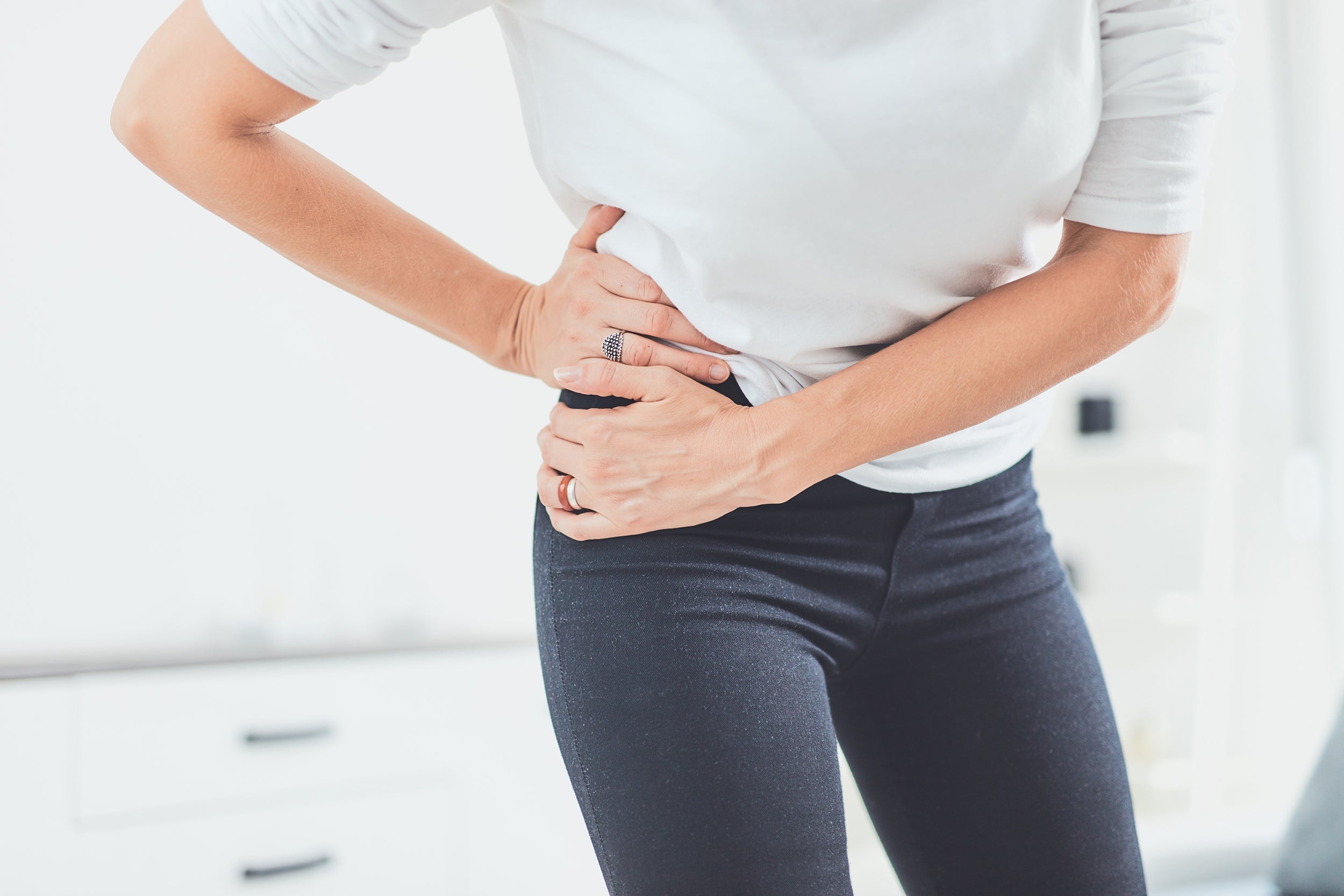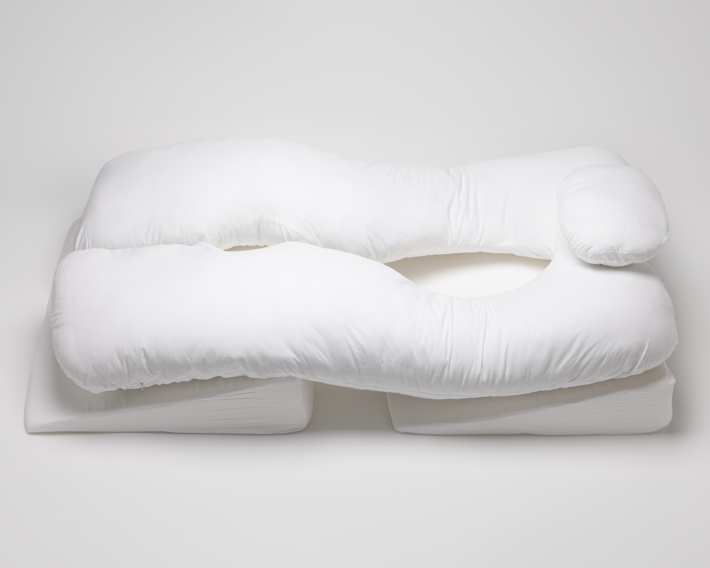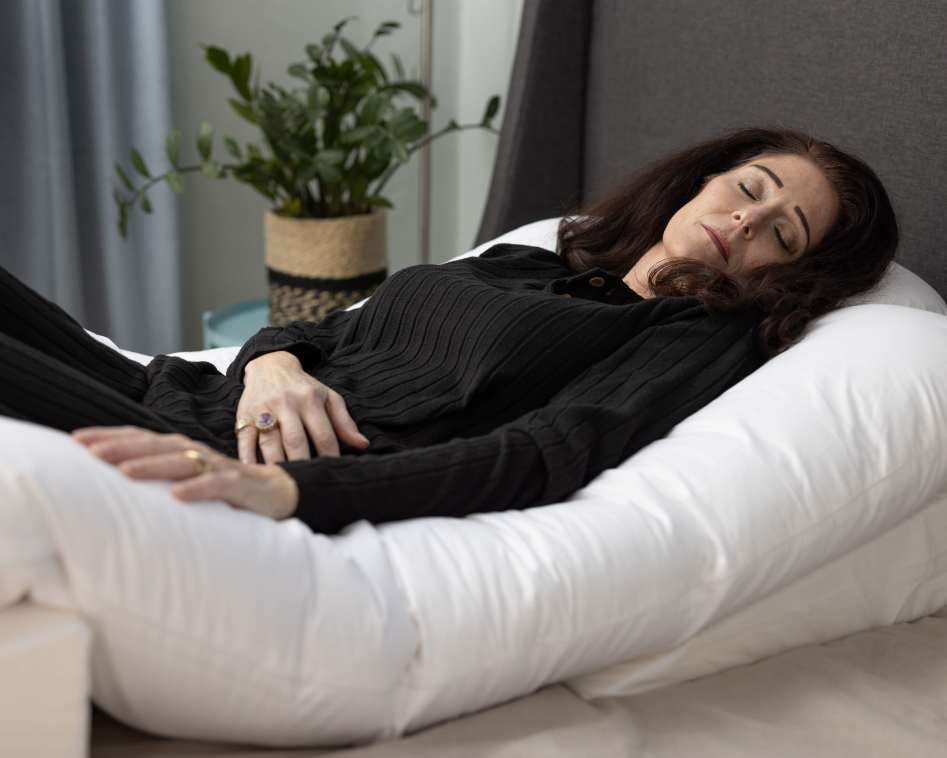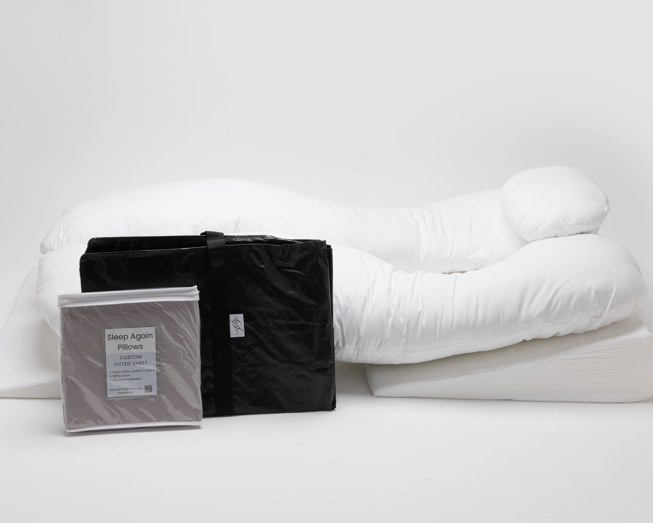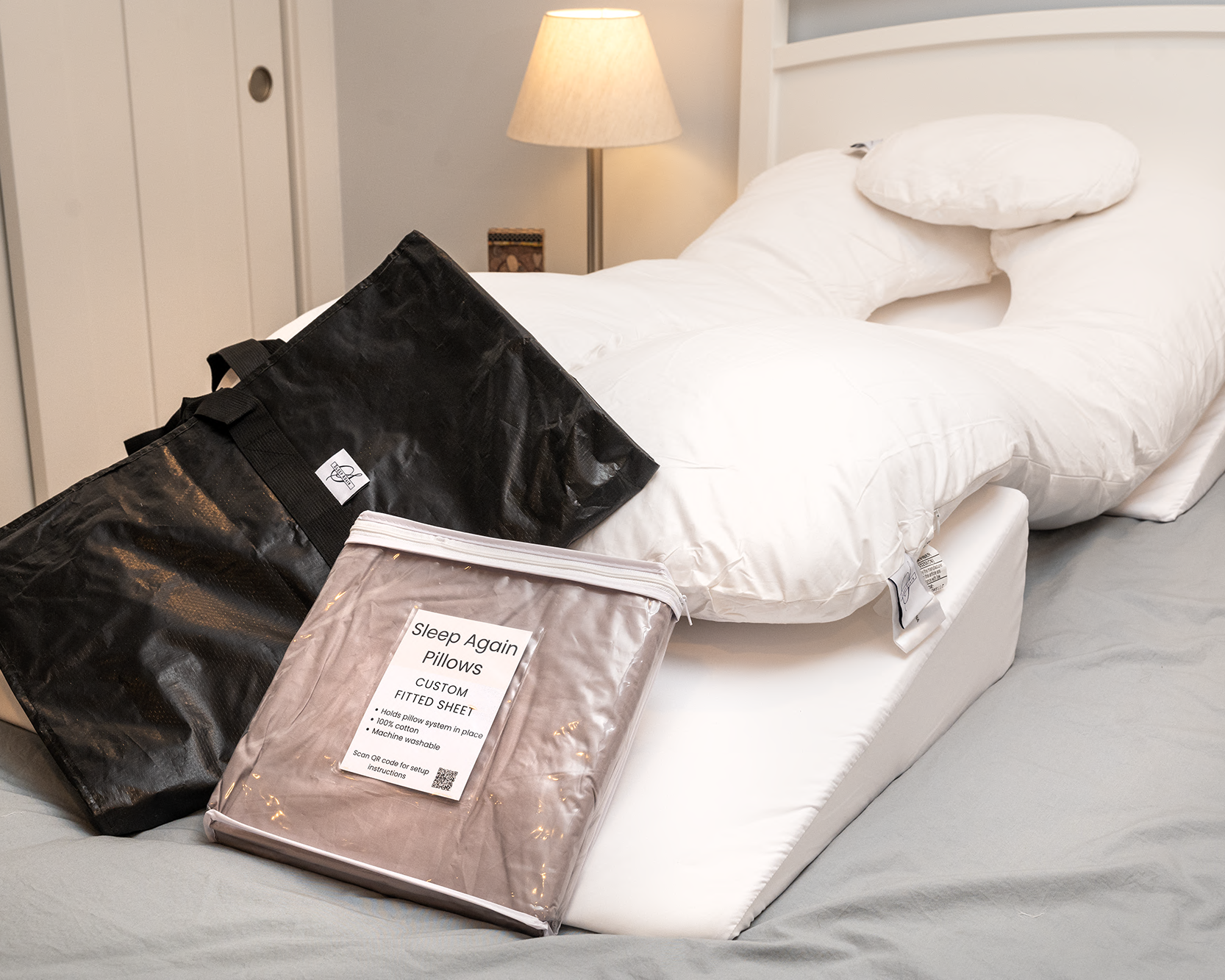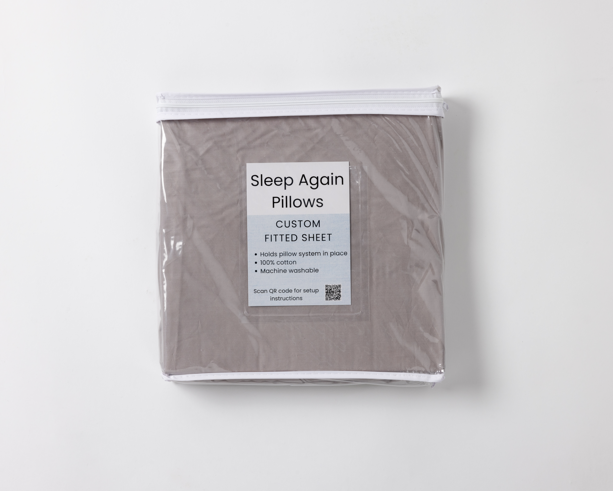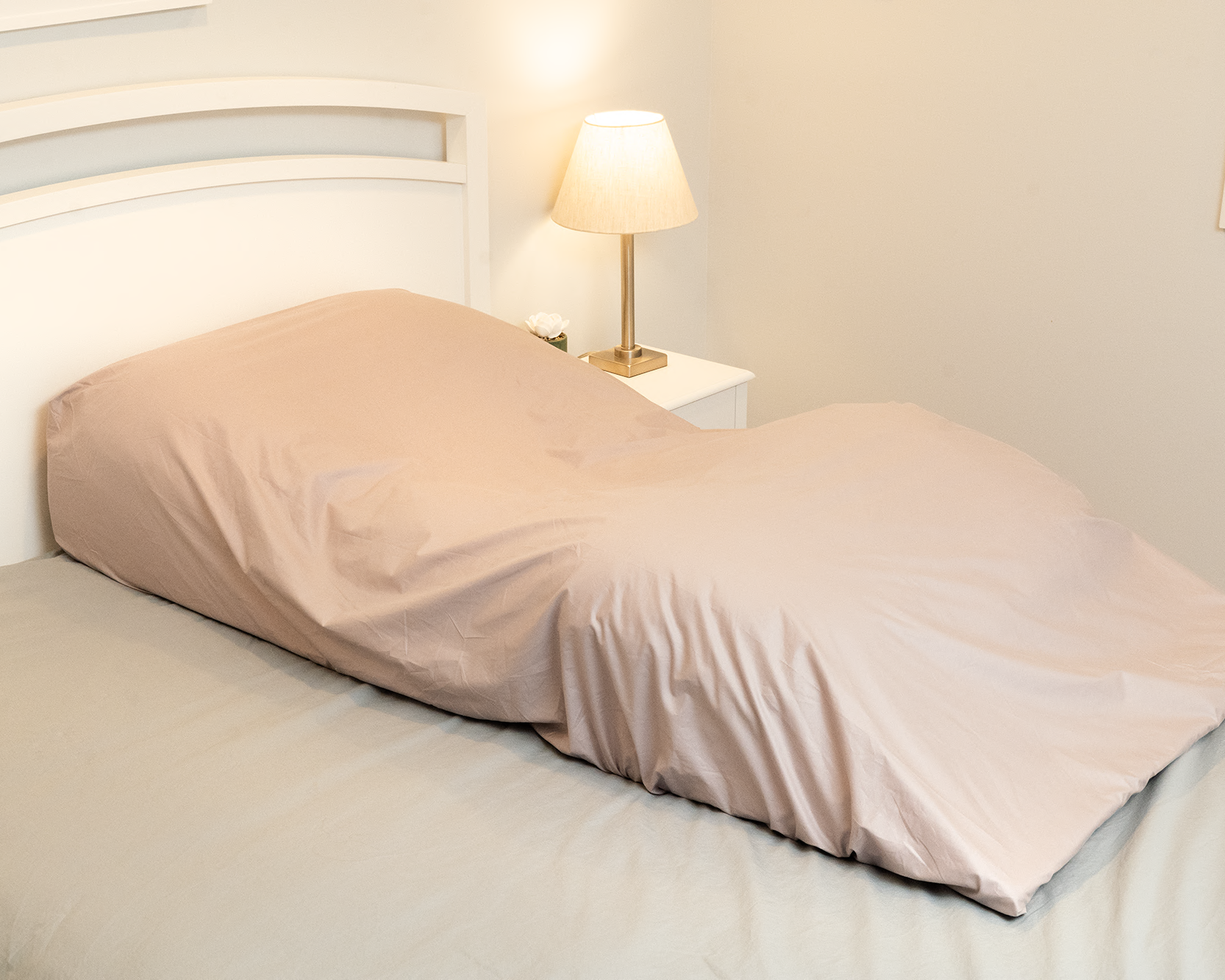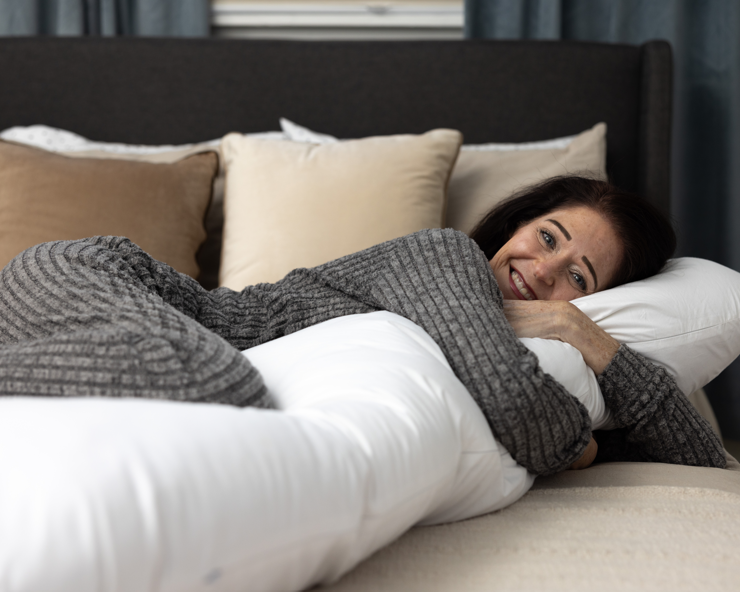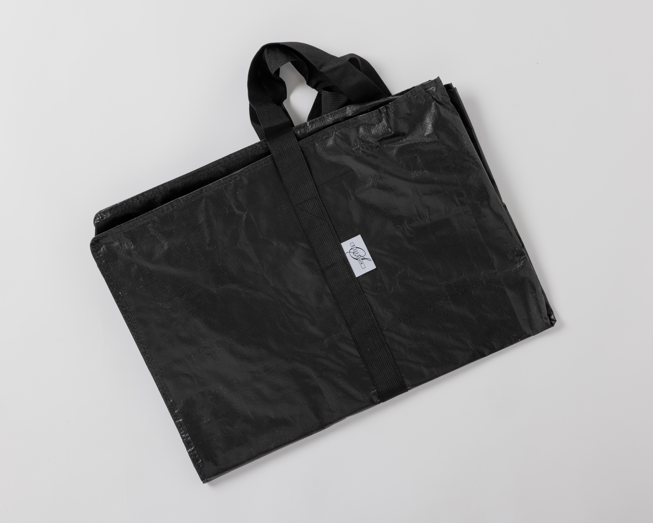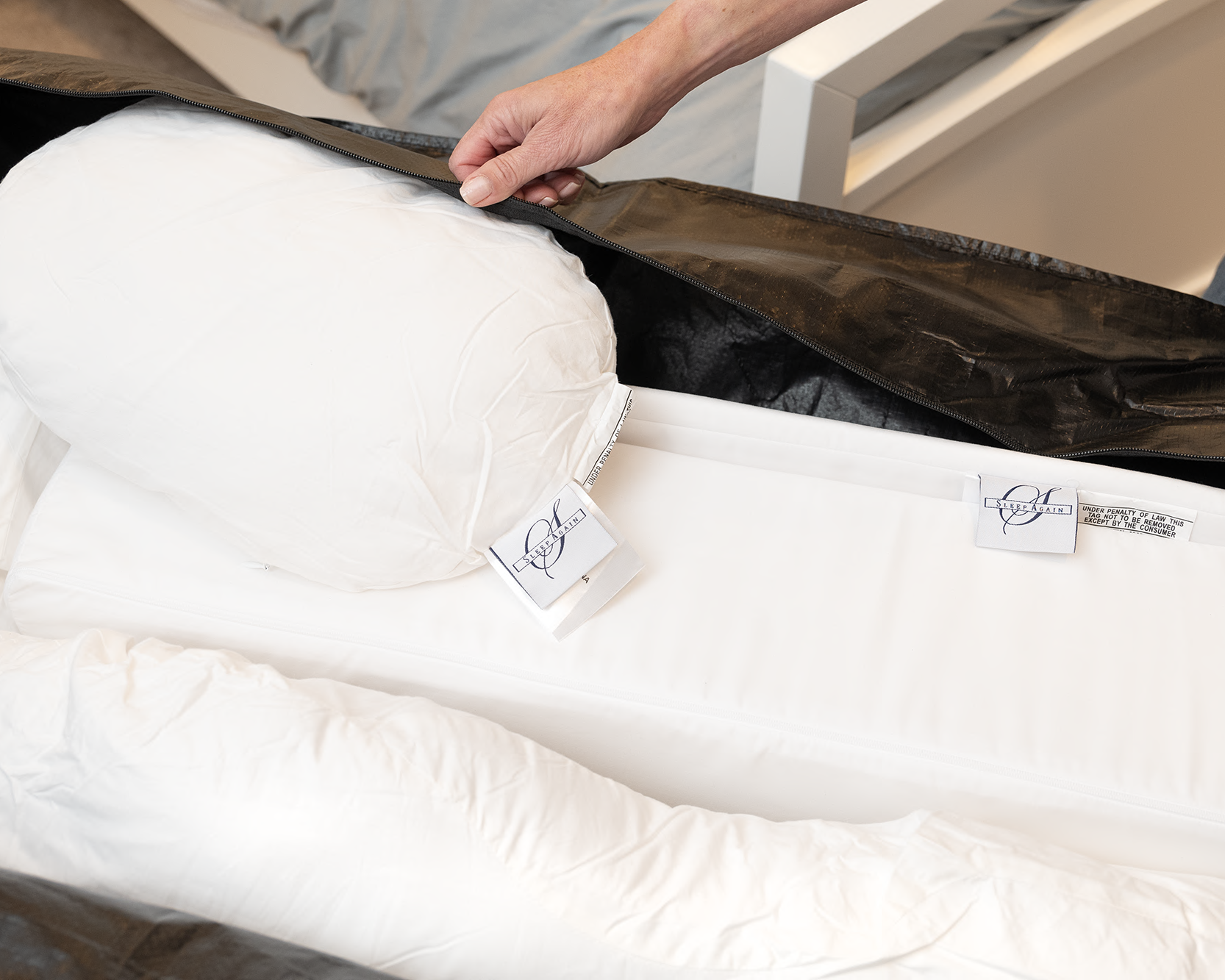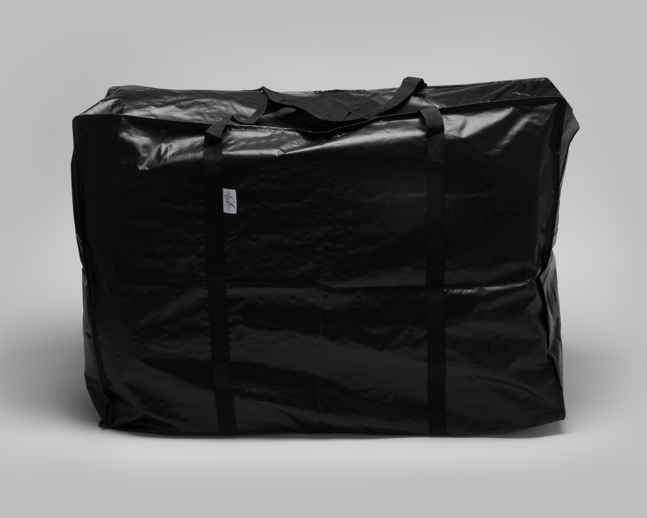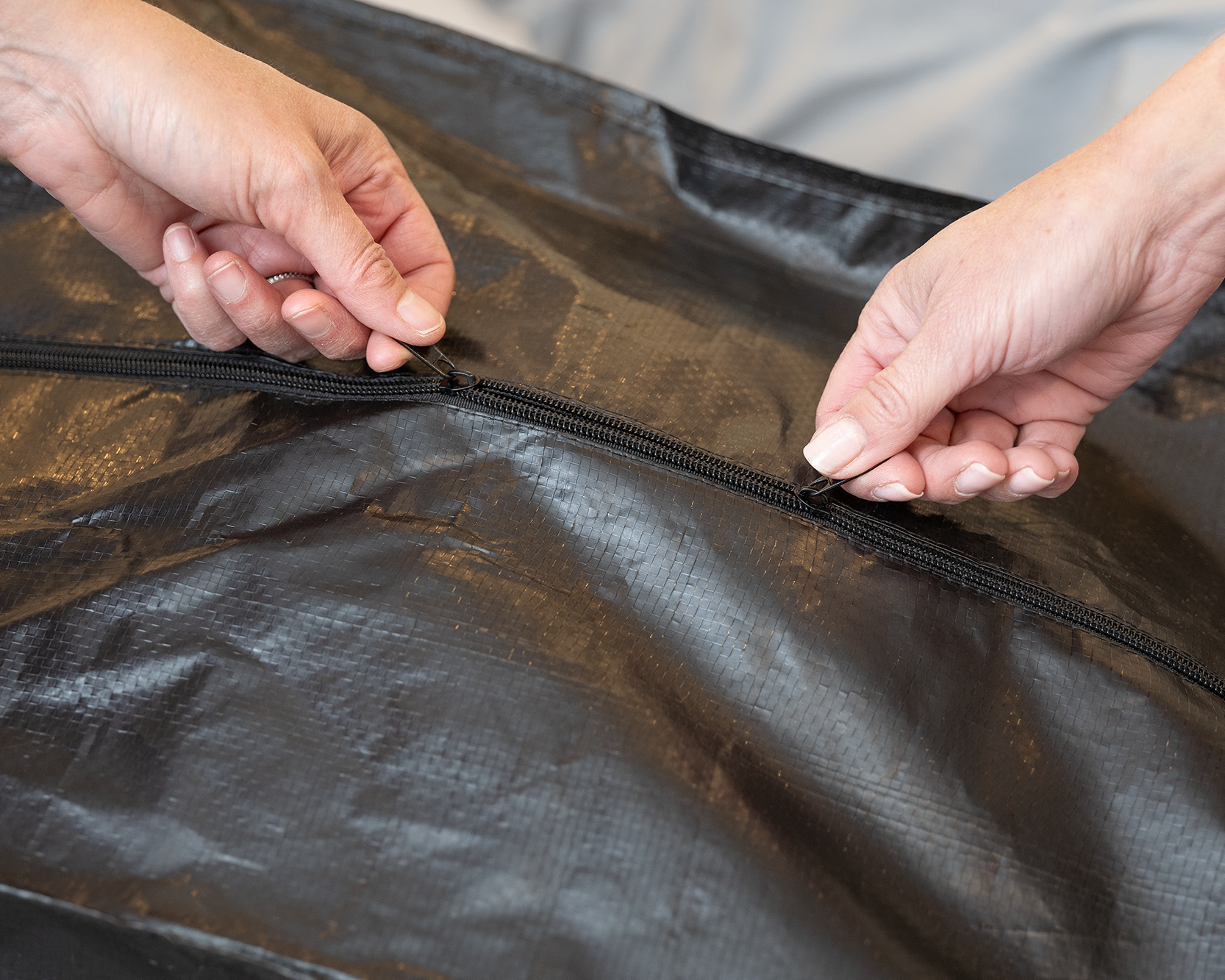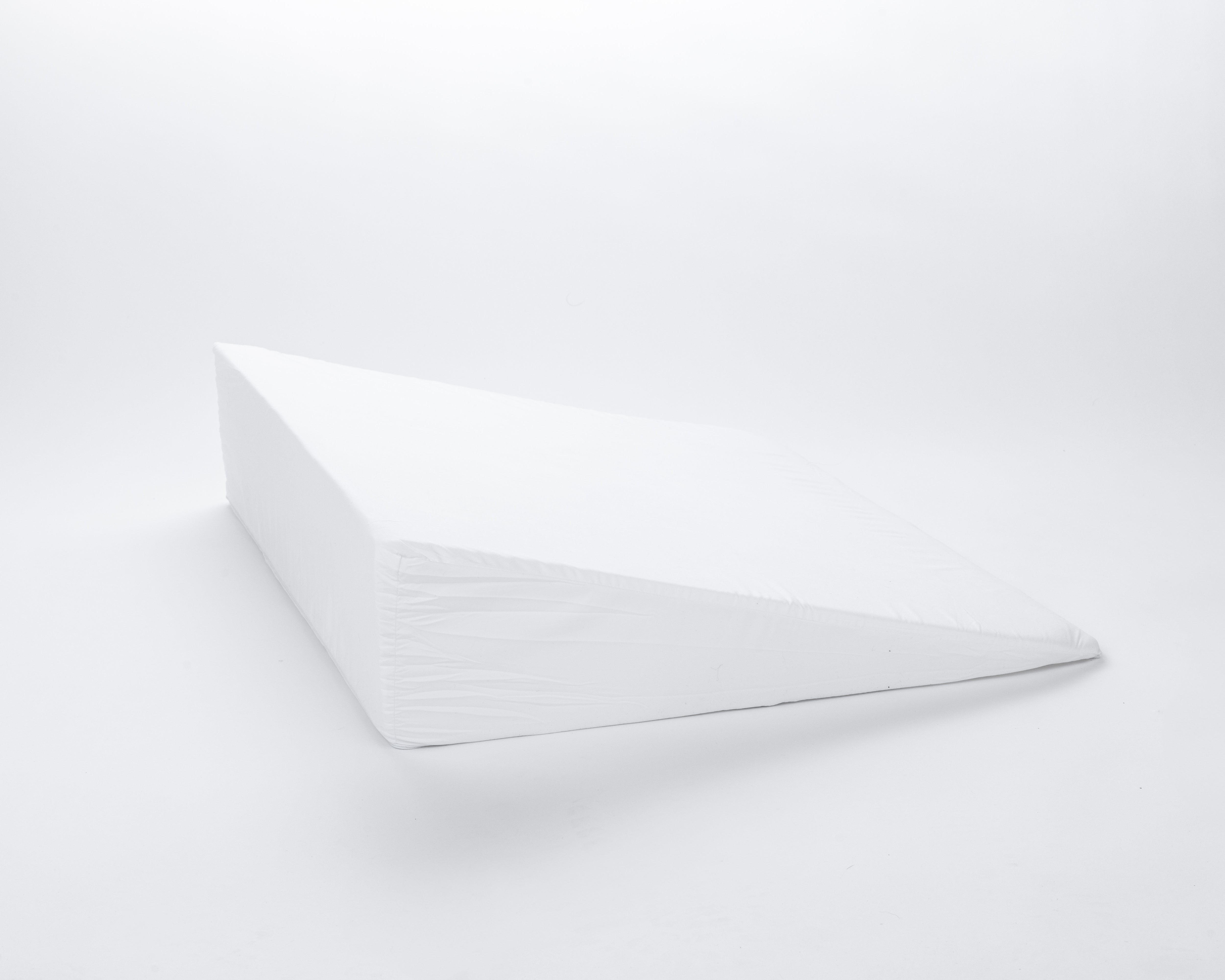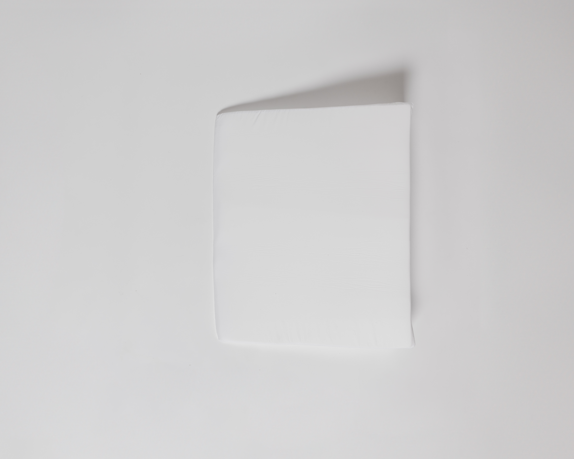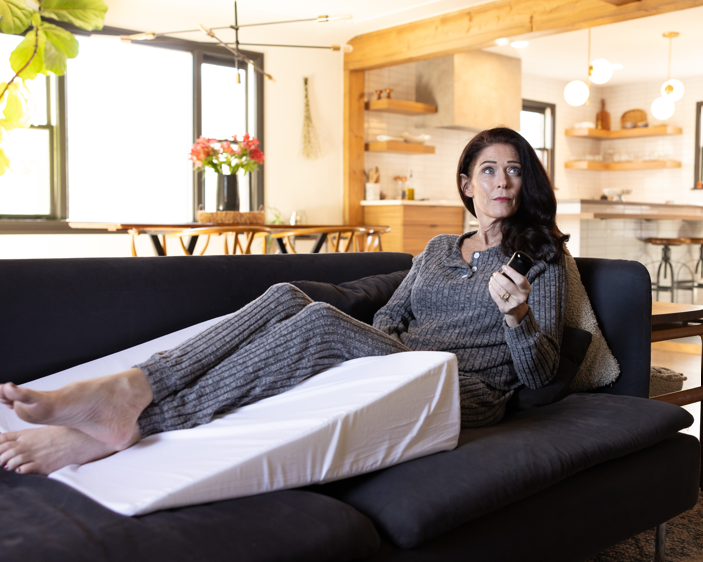2:47 AM. You're wide awake again, hip throbbing, turning your comfortable bed into a source of frustration as you search for any position that won't send shooting pains down your leg. If this scenario sounds all too familiar, you're joining millions of others in this nightly struggle.
Hip pain affects countless people worldwide, and its impact on sleep quality can be devastating. Whether you're dealing with arthritis, bursitis, muscle strain, or recovery from hip surgery, the intersection of pain and sleep creates a frustrating cycle that leaves many feeling exhausted and discouraged. The reality is that you're part of a large community facing this challenge, and the good news is that there are proven strategies and techniques that have helped countless others reclaim their nights and wake up feeling refreshed.
Sleep isn't just about rest—it's when your body repairs itself, consolidates memories, and resets for the next day. When hip pain disrupts this crucial process, it affects every aspect of your life, from your mood and cognitive function to your immune system and overall health. Breaking free from this cycle requires a comprehensive approach that addresses not just the pain itself, but also how you prepare for sleep, position your body, and create an environment conducive to healing rest.
In this guide, we'll explore evidence-based strategies for sleeping comfortably with hip pain, from optimal positioning techniques to environmental modifications that can make all the difference. You'll discover how small adjustments to your routine and sleep setup can lead to significant improvements in both pain levels and sleep quality, helping you finally get the restorative rest your body needs to heal and thrive.
Understanding Hip Pain and Sleep: The Complex Connection
Hip pain isn't just a single condition—it's a symptom that can stem from various underlying issues, each presenting unique challenges when it comes to getting comfortable at night. Osteoarthritis, the most common culprit, causes joint inflammation and stiffness that often worsens after periods of inactivity, making morning stiffness and nighttime discomfort particularly troublesome. Bursitis, an inflammation of the fluid-filled sacs that cushion your hip joint, typically causes sharp, burning pain that intensifies when lying on the affected side.
Muscle strains and hip flexor tightness can create a different type of discomfort, often manifesting as a deep ache that radiates through your groin or down your thigh. Sciatica, while technically originating from nerve compression in your lower back, frequently causes hip pain that can make finding a comfortable sleep position nearly impossible. Each of these conditions requires slightly different approaches to sleep positioning and pain management.
The relationship between hip pain and sleep operates as a vicious cycle that can be challenging to break. During the day, movement helps keep joints lubricated and muscles flexible, often providing some relief from stiffness and discomfort. However, when you lie down for extended periods, several factors conspire to worsen hip pain. Reduced blood flow to the area can increase stiffness, while the weight of your body pressing against the mattress can create pressure points that aggravate inflamed tissues.
Additionally, sleep deprivation itself lowers your pain threshold, making you more sensitive to discomfort the following night. This creates a downward spiral where poor sleep leads to increased pain sensitivity, which in turn makes it even harder to fall and stay asleep. Understanding this connection is crucial because it highlights why addressing sleep quality is just as important as managing the underlying condition causing your hip pain. This sleep-pain cycle affects millions of people dealing with various forms of hip discomfort.
Temperature regulation also plays a significant role in nighttime hip pain. As your body temperature naturally drops during sleep, joints can become stiffer and more painful. This is why many people with hip pain report feeling worse in the early morning hours, when body temperature is at its lowest point. The inflammatory processes associated with many hip conditions can also be influenced by circadian rhythms, with some people experiencing increased inflammation and pain during nighttime hours.

Optimal Sleep Positions for Hip Pain Relief
The position you sleep in can make the difference between a restful night and hours of tossing and turning. For most people experiencing hip pain, side sleeping offers the best combination of comfort and spinal alignment, but the key lies in the details of execution. When sleeping on your side, choose the side that doesn't hurt—this might seem obvious, but many people unconsciously favor their painful side out of habit, a common pattern that affects countless individuals dealing with similar discomfort.
Once you've positioned yourself on your non-painful side, the magic happens with proper pillow placement. A firm pillow between your knees is essential for maintaining proper hip alignment and preventing the top leg from pulling your spine out of its natural curve. This pillow should be thick enough to keep your legs parallel to each other, preventing internal rotation of the hip joint that can exacerbate pain. Some people find that a full-length body pillow provides even better support, allowing them to hug it while keeping their knees properly separated.
For those dealing with bilateral hip pain—a challenge many face—the positioning becomes more complex, but strategic pillow placement can still provide relief. Consider placing a small pillow or rolled towel under the painful hip when lying on that side, which can help reduce direct pressure on the joint. The goal is to create a slight lift that takes pressure off the hip while maintaining spinal alignment.
Back sleeping can be comfortable for some people with hip pain, particularly those whose discomfort is primarily muscular rather than joint-related. When sleeping on your back, place a pillow under your knees to maintain the natural curve of your lower back and reduce strain on your hip flexors. Some people benefit from a small pillow or rolled towel placed under the lower back for additional lumbar support, though this should be used cautiously and only if it feels comfortable.
The positioning of your arms also matters more than you might think. Keeping your arms in a neutral position—either at your sides or lightly crossed over your chest—prevents additional strain on your shoulders and upper back that could contribute to overall discomfort. Avoid sleeping with your arms under your pillow or head, as this can create tension that radiates down to your hips.
Stomach sleeping is generally the least recommended position for people with hip pain, as it forces your spine into an unnatural curve and can exacerbate hip flexor tightness. However, if you're a dedicated stomach sleeper who can't seem to adjust to other positions, place a thin pillow under your hips to reduce the arch in your lower back, and use a very thin pillow for your head or none at all.
The transition between sleep positions throughout the night is also important to consider. While it's natural to move during sleep, having the right supportive pillows in place can help you maintain proper alignment even when you shift positions unconsciously. High-quality pillows that maintain their shape throughout the night become crucial investments in your sleep quality and pain management strategy.
Creating the Perfect Sleep Environment for Hip Pain Relief
Your bedroom environment plays a crucial role in managing hip pain and promoting restorative sleep. The foundation of good sleep starts with your mattress, and when dealing with hip pain, the right level of support becomes even more critical. A mattress that's too soft will allow your hips to sink too deeply, creating misalignment and pressure points, while one that's too firm can create uncomfortable pressure against bony prominences.

The Sleep Again Pillow System: Your Foundation for Pain-Free Sleep
The most transformative element in your sleep environment is a properly designed pillow system that works cohesively to support your body's alignment and reduce hip pressure. The Sleep Again Pillow System represents the pinnacle of sleep engineering for hip pain sufferers, providing targeted support that addresses every aspect of comfortable positioning.
Every Sleep Again Pillow System includes:
-
Two Contoured Side Pillows to cradle back and hips
-
Upper Body Wedge to create optimal upper body incline
-
Leg Support Wedge to gently elevate legs
-
Head Pillow to provide head support and neck mobility
-
Removable, washable slipcovers for every piece
This integrated approach eliminates the guesswork of pillow placement while ensuring consistent support throughout the night. The Leg Support Wedge is particularly crucial for hip pain relief, as it maintains proper leg elevation that reduces pressure on hip joints and promotes healthy circulation. The Contoured Side Pillows provide targeted support that prevents the hip compression common with traditional pillows, while the Upper Body Wedge creates the optimal sleeping angle for reduced joint stress.
Unlike makeshift pillow arrangements that shift during sleep, the Sleep Again Pillow System maintains its therapeutic positioning all night long, ensuring you wake up refreshed rather than readjusting pillows every few hours.
Mattress Quality: Medium-firm mattresses typically provide the best balance for people experiencing hip pain, offering enough give to contour to your body's natural curves while maintaining the support needed for proper spinal alignment. Memory foam and latex mattresses can be particularly beneficial, as they respond to body heat and pressure to create customized support. However, personal preference varies significantly among individuals, and what works for one person may not work for another—a reality that many people discover through trial and experience.
Environment: Temperature control in your bedroom significantly impacts hip pain levels. Keeping your room slightly cool—between 65-68°F (18-20°C)—helps facilitate your body's natural temperature drop that signals sleep time. However, if you tend to get cold during the night, this can increase joint stiffness and pain. The solution is layered bedding that allows you to adjust your warmth level throughout the night without disrupting sleep.
Bedding: Consider using breathable, moisture-wicking sheets made from bamboo or high-quality cotton to help regulate body temperature. Heavy blankets can create pressure on painful hips, so opt for lightweight yet warm options like down alternative comforters that provide warmth without weight.
Lighting: Lighting in your bedroom should support your circadian rhythm while also accommodating nighttime movements that might be necessary due to pain. Blackout curtains or sleep masks can help create the darkness needed for deep sleep, while a small, dim nightlight can help you navigate safely if you need to get up during the night without fully waking yourself up.
SHOP THE BEST PILLOW FOR HIP PAIN - AND GET RELIEF TODAY!

Pre-Sleep Routines and Pain Management Strategies
Establishing a consistent pre-sleep routine signals to your body that it's time to wind down while also providing opportunities to address hip pain proactively. The hour before bedtime should be dedicated to activities that promote relaxation and pain relief, creating the optimal conditions for restorative sleep.
Gentle stretching can work wonders for hip pain, but timing and technique are crucial. Focus on stretches that target the hip flexors, glutes, and surrounding muscles without being so vigorous that they energize rather than relax you. The figure-four stretch, performed lying on your back, can help release tension in the piriformis muscle that often contributes to hip discomfort. Hold stretches for 30-60 seconds, breathing deeply and focusing on gradual release rather than forcing flexibility.
Heat therapy applied 1-2 hours before bedtime can help relax muscles and increase blood flow to the area. A warm bath with Epsom salts serves double duty, providing both heat therapy and magnesium absorption that can help with muscle relaxation. If a bath isn't practical, a heating pad applied to the hip area for 15-20 minutes can provide similar benefits. Just be sure to use it well before getting into bed to avoid overheating, which can disrupt sleep.
For some people, cold therapy works better than heat, particularly if there's significant inflammation. This individual variation is completely normal—many people find they respond differently to various treatments. An ice pack wrapped in a thin towel and applied for 10-15 minutes can help reduce swelling and numb pain. Experiment with both heat and cold to determine which provides better relief for your specific condition, knowing that your response may be different from others with similar symptoms.
Progressive muscle relaxation techniques can help address both pain and the anxiety that often accompanies chronic discomfort. Starting from your toes and working up to your head, systematically tense and then relax each muscle group, paying particular attention to areas around your hips and lower back. This practice not only helps with physical relaxation but also trains your mind to focus on something other than pain.
Meditation and deep breathing exercises can be particularly beneficial for people whose pain is accompanied by stress and anxiety. Even five minutes of focused breathing can activate your parasympathetic nervous system, promoting the physiological changes necessary for sleep. Apps and guided meditations specifically designed for pain management can provide structure for beginners.
The timing of pain medications, if you take them, should be coordinated with your sleep schedule. Work with your healthcare provider to determine the optimal timing that provides maximum benefit during your most painful hours while minimizing side effects that might disrupt sleep.
Creating a "pain journal" where you track your daily activities, pain levels, and sleep quality can help you identify patterns and triggers—a strategy that has proven helpful for many people managing chronic pain. You might discover that certain activities during the day correlate with better or worse nights, allowing you to make informed adjustments to your routine.

Lifestyle Adjustments for Better Sleep with Hip Pain
The activities you engage in throughout the day significantly impact how your hips feel when you lie down at night. Low-impact exercise during the day can actually help reduce nighttime hip pain by keeping joints mobile and muscles strong. Swimming, walking, and gentle yoga are excellent options that provide movement without excessive strain on hip joints.
However, timing matters. Vigorous exercise within 3-4 hours of bedtime can be stimulating and may increase inflammation in the short term, making it harder to fall asleep. Plan more intense activities for earlier in the day, saving gentle stretching and relaxation activities for evening hours.
Your daily sitting habits can dramatically affect nighttime hip pain. Prolonged sitting, especially in positions that flex the hips for extended periods, can lead to hip flexor tightness and increased discomfort when lying down. If you work at a desk, take regular breaks to stand and walk, and consider using a standing desk for part of your workday.
The shoes you wear throughout the day can influence hip alignment and pain levels. Worn-out shoes or those with poor arch support can create a chain reaction of misalignment that travels up through your legs to your hips. Investing in supportive footwear or custom orthotics can pay dividends in reduced nighttime pain.
Dietary choices can also impact inflammation levels and sleep quality. Foods high in omega-3 fatty acids, such as salmon, walnuts, and flax seeds, have anti-inflammatory properties that may help reduce joint pain. Conversely, processed foods, excessive sugar, and foods high in omega-6 fatty acids can promote inflammation.
Hydration plays a dual role in hip pain management. Staying properly hydrated helps maintain joint lubrication and can reduce stiffness. However, drinking too much fluid close to bedtime can lead to nighttime bathroom trips that disrupt sleep and require potentially painful movements. Aim to do most of your hydrating earlier in the day, tapering off 2-3 hours before bed.
Weight management, while sensitive to discuss, can significantly impact hip pain. Excess weight increases the load on hip joints and can worsen conditions like osteoarthritis. Even modest weight loss can lead to meaningful reductions in joint pain and improved sleep quality.
Stress management throughout the day affects both pain perception and sleep quality. Chronic stress increases cortisol levels, which can worsen inflammation and make it harder to fall asleep. Incorporating stress-reduction techniques like regular exercise, meditation, or hobbies you enjoy can create positive ripple effects for nighttime comfort.
When to Seek Professional Help
While self-management strategies can be highly effective for many people with hip pain, certain symptoms warrant professional medical attention. Severe pain that doesn't respond to rest, over-the-counter medications, or the strategies outlined in this guide may indicate a more serious underlying condition that requires specific treatment.
Red flag symptoms that should prompt immediate medical evaluation include hip pain accompanied by fever, which could indicate infection; sudden onset of severe pain following a fall or injury, which might suggest fracture; or pain accompanied by numbness, tingling, or weakness in the leg, which could indicate nerve involvement.
If your sleep is consistently disrupted for more than a few weeks despite implementing good sleep hygiene and positioning strategies, it's worth consulting with a healthcare provider. Chronic sleep deprivation can worsen pain and lead to other health complications, creating a cycle that becomes increasingly difficult to break without professional intervention.
A healthcare provider can help determine the underlying cause of your hip pain and recommend appropriate treatments. This might include physical therapy to address muscle imbalances and improve joint mobility, prescription medications for inflammation or pain management, or in some cases, minimally invasive procedures that can provide longer-term relief.
Sleep specialists can also be valuable resources if pain-related sleep disruption persists. They can evaluate for other sleep disorders that might be compounding your problems and recommend specific interventions for improving sleep quality in the context of chronic pain.
Frequently Asked Questions
Q: Can my mattress be causing my hip pain?
A: Yes, an unsuitable mattress can definitely contribute to hip pain. A mattress that's too soft allows your hips to sink too deeply, creating misalignment, while one that's too firm can create pressure points. Medium-firm mattresses typically work best for people with hip pain, providing support while allowing some contouring to body curves.
Q: Is it better to use heat or ice for hip pain before bed?
A: This depends on your specific condition and personal response. Heat therapy (warm baths, heating pads) can help relax muscles and is often preferred for stiffness and chronic conditions. Ice therapy can be better for acute inflammation and swelling. Try both to see which provides better relief, but avoid applying either directly to skin and don't use heating pads in bed due to fire risk.
Q: How long should I try these strategies before expecting improvement?
A: You may notice some immediate improvement in comfort, with significant changes in sleep quality typically taking 1-2 weeks of consistent implementation. Pain reduction may take longer, especially if you're dealing with chronic conditions. Keep a sleep and pain diary to track gradual improvements that might not be immediately obvious.
Q: What type of pillow works best between the knees?
A: The Sleep Again Pillow System is specifically engineered to provide the consistent support needed for proper alignment throughout the night, which can help lessen hip pain. Unlike standard pillows that focus only on head and neck support, the Sleep Again Pillow System addresses alignment from head to toe.
Q: Can hip pain be a sign of something serious?
A: While hip pain is often related to common conditions like arthritis or muscle strain, it can sometimes indicate more serious issues. Seek medical attention if you experience severe pain, pain with fever, sudden onset after injury, or pain accompanied by numbness or weakness in your leg.
Q: Should I avoid exercise if my hip hurts?
A: Not necessarily. While you should avoid activities that worsen your pain, gentle low-impact exercise like walking, swimming, or yoga can actually help reduce hip pain by maintaining joint mobility and muscle strength. The key is finding the right balance and avoiding high-impact activities that might aggravate your condition.
Q: How do I know if I need a new mattress or if a mattress topper will help?
A: If your current mattress is over 7-8 years old, has visible sagging, or lacks support, a new mattress is likely the better investment. If your mattress is relatively new but too firm, a 2-3 inch memory foam or latex topper can add the contouring you need. If it's too soft, a topper won't provide the support you need, and a firmer mattress would be more appropriate.
Important Disclaimer:
The information provided in this article is for educational and informational purposes only and should not be considered medical advice. Hip pain can result from various underlying conditions that may require professional medical evaluation and treatment. While the strategies discussed here may help improve sleep comfort for many people, they are not intended to diagnose, treat, cure, or prevent any medical condition.

